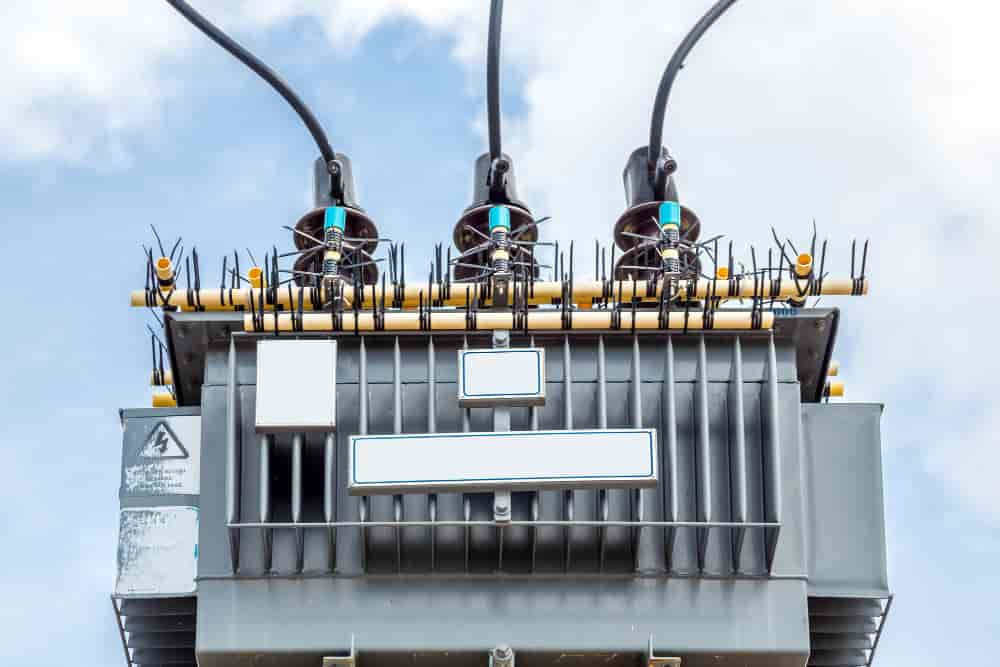Transformers play a crucial role in efficiently distributing electrical energy across various power systems. Understanding the types of transformer is essential, but achieving optimal efficiency in transformer operation requires a deep understanding of the factors that influence its performance.
In this article, we will delve into the key factors that impact the efficiency of transformers, shedding light on how each element contributes to their overall effectiveness.
-
Core Material and Design:
- The core material used in transformers, typically composed of silicon steel or amorphous metal, significantly influences their efficiency.
- High-quality core materials with low magnetic reluctance help minimize energy losses due to hysteresis and eddy currents.
- Advanced core designs, such as step-lap cores and mitered cores, enhance magnetic flux distribution and reduce core losses.
-
Copper Losses in Windings:
- Copper losses occur in the transformer windings due to the resistance of the conductor material.
- Higher winding resistance leads to increased copper losses, resulting in decreased efficiency.
- Optimal winding design and selection of appropriate conductor materials help minimize copper losses and enhance transformer efficiency.
-
Load Factor and Operating Conditions:
- Transformer efficiency varies with load factor, which represents the ratio of actual load to the rated capacity.
- Operating transformers at higher load factors improves efficiency by reducing idle losses.
- However, operating transformers beyond their rated capacity can lead to increased losses and decreased efficiency.
-
Cooling Mechanisms:
- Effective cooling is essential for maintaining optimal operating temperatures and maximizing transformer efficiency.
- Cooling methods such as oil-immersed cooling, forced air cooling, and liquid-immersed cooling influence transformer efficiency by dissipating heat generated during operation.
- Proper cooling system design and maintenance are critical for ensuring efficient transformer performance over the long term.
-
Harmonic Distortion:
- Harmonic currents in the electrical system can cause increased losses and reduced efficiency in transformers.
- Non-linear loads, such as electronic equipment and power converters, contribute to harmonic distortion and adversely affect transformer performance.
- Implementing harmonic filters and adopting measures to mitigate harmonic distortion can improve transformer efficiency and reliability.
-
Maintenance and Condition Monitoring:
- Regular maintenance and condition monitoring are essential for detecting and addressing factors that may affect transformer efficiency.
- Periodic inspections, oil testing, and thermography help identify potential issues such as insulation degradation, winding hot spots, and cooling system malfunctions.
- Proactive maintenance practices prolong transformer lifespan and ensure sustained efficiency levels.
Conclusion:
Efficiency optimization is paramount in transformer design and operation to minimize energy losses, reduce environmental impact, and enhance overall system performance. By addressing key factors such as core design, winding materials, operating conditions, cooling mechanisms, harmonic distortion, and maintenance practices, stakeholders can maximize the efficiency and reliability of transformers in power distribution networks.
A comprehensive understanding of these factors is essential for advancing sustainable energy practices and meeting the evolving demands of modern electrical systems.






